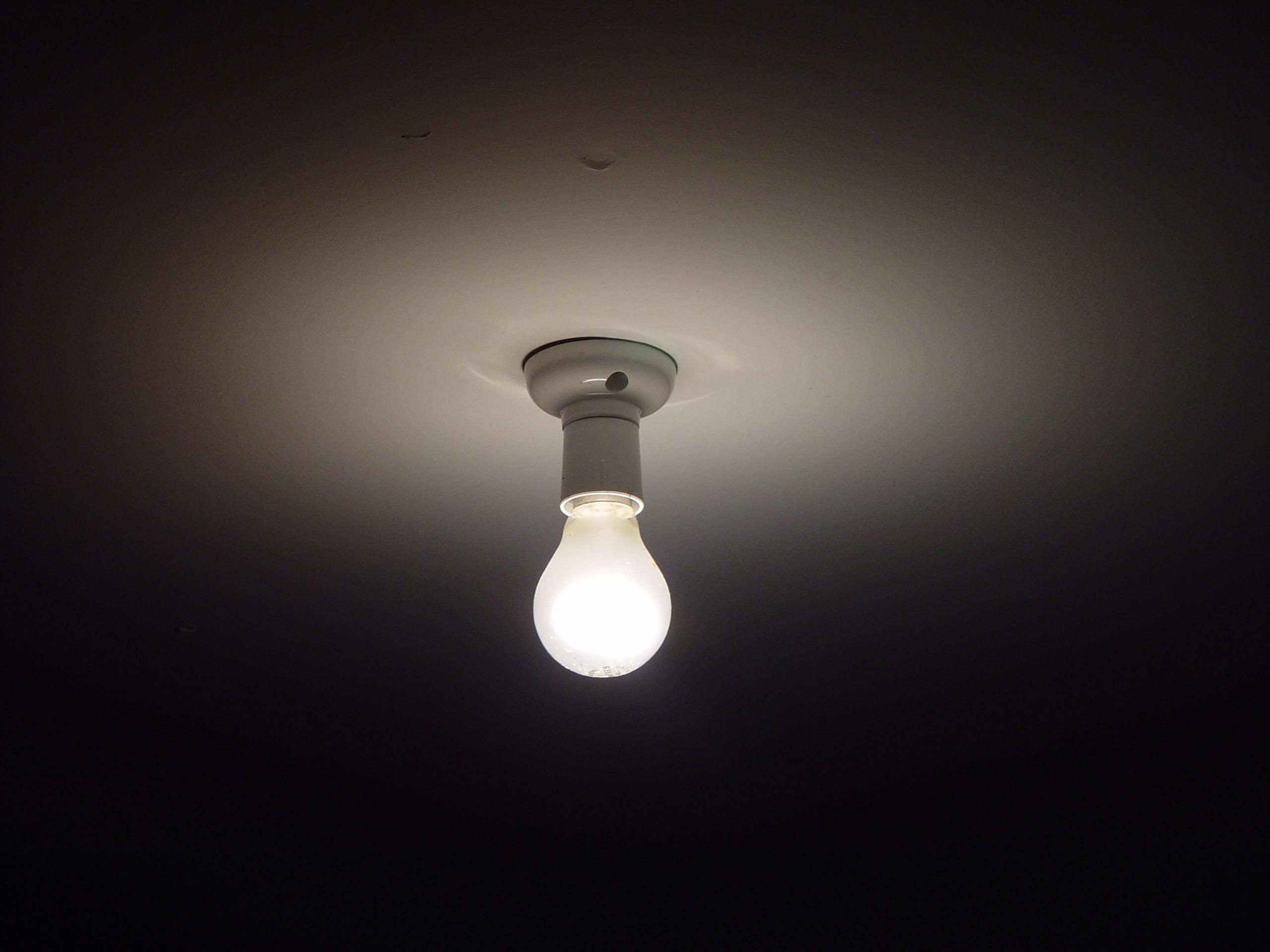

Articles
How Many Lumens Is In A Regular Light Bulb
Modified: August 21, 2024
Learn about the lumens of a regular light bulb in this informative article. Find out how many lumens you need for your lighting needs.
(Many of the links in this article redirect to a specific reviewed product. Your purchase of these products through affiliate links helps to generate commission for Storables.com, at no extra cost. Learn more)
Introduction
Welcome to the world of lighting, where lumens shine bright! If you have ever found yourself in the lighting aisle of a store, overwhelmed by the vast selection of light bulbs, you are not alone. With so many options available, it can be challenging to choose the right one for your needs.
When it comes to light bulbs, one important factor to consider is the number of lumens they produce. Lumens are a measure of the total amount of visible light emitted by a light source. Simply put, the higher the number of lumens, the brighter the light.
In this article, we will delve deeper into what lumens are, how they relate to regular light bulbs, and the factors that can affect their output. We will also provide some tips on how to choose the right light bulb based on your specific lighting needs. So, let’s get started and shed some light on the world of lumens!
Key Takeaways:
- Lumens, not watts, determine a light bulb’s brightness. Consider factors like color temperature and bulb type to choose the right bulb for your space, maximizing energy efficiency and creating the perfect lighting atmosphere.
- LED bulbs offer high lumen output, energy efficiency, and long lifespan. When selecting light bulbs, look for the lumen rating, consider dimming compatibility, and read reviews to make informed choices for your specific lighting needs.
Understanding Lumens
To understand lumens better, let’s start by differentiating them from another commonly used term: watts. In the past, watts were the primary measurement used to determine the brightness of light bulbs. However, with the advent of more energy-efficient lighting options, such as LEDs, wattage became an insufficient measure of brightness.
Lumens, on the other hand, provide a more accurate representation of a light bulb’s brightness. One lumen is equal to the amount of light produced by a single candle from one foot away. In simple terms, the higher the number of lumens, the brighter the light.
While wattage measures the amount of energy a light bulb consumes, lumens measure the output of visible light. This distinction is essential, especially when comparing different types of light bulbs. For instance, an incandescent light bulb may require higher wattage to produce the same brightness as an energy-efficient LED bulb with lower wattage.
Understanding lumens allows you to make more informed decisions when selecting light bulbs for your home or workspace. Instead of focusing solely on wattage, you can now look at the lumen rating to ensure you get the desired level of brightness.
It’s important to note that lumens alone do not provide information about the color or quality of light produced by a bulb. For that, you need to consider the bulb’s color temperature, usually measured in Kelvin (K). Color temperature determines whether the light emitted is warm or cool in appearance.
Now that we have a basic understanding of lumens, let’s explore how they apply to regular light bulbs and the factors that can influence their lumen output.
Lumens in Regular Light Bulbs
Regular light bulbs, such as incandescent and halogen bulbs, have been the traditional choice for many years. These bulbs operate by passing an electric current through a filament, which then produces light. However, they are not as energy-efficient as newer alternatives like LEDs.
When it comes to lumens, the brightness of regular light bulbs can vary depending on their wattage. As a general rule of thumb, higher wattage bulbs tend to produce more lumens and, therefore, provide brighter light.
For example, a typical 40-watt incandescent bulb produces around 450-800 lumens, while a 60-watt bulb can produce around 800-1100 lumens. Similarly, a 100-watt bulb can give you an output of approximately 1600-2200 lumens.
It’s essential to keep in mind that as energy efficiency becomes a focus in the lighting industry, traditional incandescent bulbs are gradually being phased out. This is due to their high energy consumption and shorter lifespan compared to more energy-efficient options like LED bulbs.
Halogen bulbs, which are a type of incandescent bulb, also produce lumens based on their wattage. A 40-watt halogen bulb typically produces around 560-900 lumens, while a 60-watt bulb can emit around 900-1400 lumens. These bulbs are known for their bright and somewhat warmer light output compared to traditional incandescent bulbs.
When selecting regular light bulbs based on lumens, it’s important to not only consider the desired brightness but also the energy efficiency and longevity of the bulb. This is where newer options like LED bulbs shine.
LED bulbs have revolutionized the lighting industry with their energy efficiency and long lifespan. They consume less energy than both incandescent and halogen bulbs while producing comparable or greater lumen output.
LED bulbs are available in various wattage equivalents, meaning that you can find an LED bulb with the desired lumen output that is equivalent to a specific wattage of a traditional bulb. For instance, an LED bulb labeled as a 60-watt equivalent may only consume around 9-12 watts of power while producing the same or even greater amount of lumens.
Now that we understand how lumens apply to regular light bulbs, let’s explore the factors that can affect the lumen output in more detail.
A regular incandescent light bulb typically produces around 800 lumens. Consider switching to LED bulbs for more energy-efficient lighting.
Factors Affecting Lumen Output
Several factors can influence the lumen output of a light bulb. It’s important to consider these factors when selecting the right bulb for your lighting needs:
- Bulb Type: Different types of bulbs have varying lumen outputs. Incandescent and halogen bulbs tend to produce fewer lumens compared to energy-efficient options like LEDs. LED bulbs are known for their high lumen output and energy efficiency.
- Wattage: The wattage of a bulb directly affects the number of lumens produced. In general, a higher wattage bulb will produce more lumens and provide brighter light. However, with the introduction of energy-efficient bulbs, it’s important to also consider the wattage equivalent of LED bulbs instead of relying solely on traditional wattage.
- Color Temperature: The color temperature of a bulb is measured in Kelvin (K) and impacts the perceived warmth or coolness of the light. While color temperature doesn’t directly affect lumen output, it can influence how bright the light appears. Bulbs with higher color temperatures (5000K and above) tend to produce cooler and brighter light, while lower color temperatures (2700K-3000K) produce warmer and softer light.
- Quality of Bulb: The quality of the bulb can also affect its lumen output. Cheaper and lower-quality bulbs may not produce the advertised amount of lumens or may have a shorter lifespan. It’s essential to choose bulbs from reputable brands or manufacturers to ensure consistent and reliable lumen output.
- Dimming Capability: If you plan to use dimmers with your light bulbs, it’s crucial to ensure that the bulbs are compatible with dimming. Not all bulbs are dimmable, and using non-dimmable bulbs with dimmers can result in lower lumen output and flickering.
By considering these factors, you can make an informed decision when choosing light bulbs that provide the desired level of brightness for your space.
Now that we have covered the factors that influence lumen output, let’s move on to discussing how you can choose the right light bulb based on your specific lighting needs.
How to Choose the Right Light Bulb
Choosing the right light bulb involves considering several factors, including the desired brightness, energy efficiency, color temperature, and the type of fixture or application. Here are some guidelines to help you make an informed decision:
- Consider the Lumens: Determine the level of brightness you need for your space. Look for the lumen rating on the bulb packaging. If you are replacing an existing bulb, note the lumens of the old bulb and try to find a new bulb with a similar lumen output.
- Think About Energy Efficiency: Consider opting for energy-efficient bulbs like LED or CFL bulbs. These bulbs consume less energy and have a longer lifespan compared to traditional incandescent bulbs.
- Choose the Right Color Temperature: Consider the mood and ambiance you want to create with the lighting. Warmer color temperatures (2700K-3000K) emit a soft and cozy light, while cooler color temperatures (5000K and above) produce a brighter, more energetic light.
- Check the Bulb Type: Consider the type of bulb that suits your needs. LED bulbs are recommended for most applications due to their energy efficiency, longevity, and versatility.
- Consider Dimming Compatibility: If you plan to use dimmers, ensure that the bulbs you choose are compatible with dimming. Look for bulbs labeled as “dimmable” to avoid any issues with brightness or flickering.
- Take Note of the Fixture: Consider the type of fixture or application where the bulb will be used. Make sure the bulb is suitable for the specific fixture, whether it’s a table lamp, ceiling fixture, recessed lighting, or outdoor lighting.
- Read Reviews and Recommendations: Before making a final decision, read customer reviews and recommendations online to get insights into the performance and reliability of the bulbs you are considering. This can help you make a more informed choice.
Remember, choosing the right light bulb is not only about brightness but also about energy efficiency, color temperature, and suitability for the specific application. By considering these factors, you can create the perfect lighting atmosphere while maximizing energy savings and bulb lifespan.
Now that you have a better understanding of how to choose the right light bulb, let’s summarize what we have covered in this article.
Read more: How Many Lumens Is A Halogen Bulb
Conclusion
Understanding lumens and their significance when choosing light bulbs is key to creating the desired lighting experience in your home or workspace. Instead of solely relying on wattage, which measures energy consumption, considering the lumen output provides a more accurate representation of a bulb’s brightness.
Regular light bulbs, such as incandescent and halogen bulbs, produce lumens based on their wattage. However, as energy efficiency becomes increasingly important, traditional bulbs are being replaced by more energy-efficient options like LED bulbs. LED bulbs offer high lumen output, longer lifespan, and reduced energy consumption.
Factors such as bulb type, wattage, color temperature, quality, and dimming capability can all impact the lumen output of a light bulb. By considering these factors and your specific lighting needs, you can select the right bulb for your space.
When choosing a light bulb, it is essential to consider the desired level of brightness, energy efficiency, color temperature, compatibility with dimmers, and the type of fixture or application. By taking all these factors into account, you can create the perfect lighting atmosphere while maximizing energy savings and bulb longevity.
Now that you are armed with the knowledge of lumens, lumen output in regular light bulbs, factors affecting lumen output, and how to choose the right light bulb, you can confidently navigate the lighting aisle and make informed decisions for your lighting needs.
So, go ahead and illuminate your space with the perfect amount of brightness, knowing that you have optimized your lighting choices with the power of lumens!
Frequently Asked Questions about How Many Lumens Is In A Regular Light Bulb
Was this page helpful?
At Storables.com, we guarantee accurate and reliable information. Our content, validated by Expert Board Contributors, is crafted following stringent Editorial Policies. We're committed to providing you with well-researched, expert-backed insights for all your informational needs.
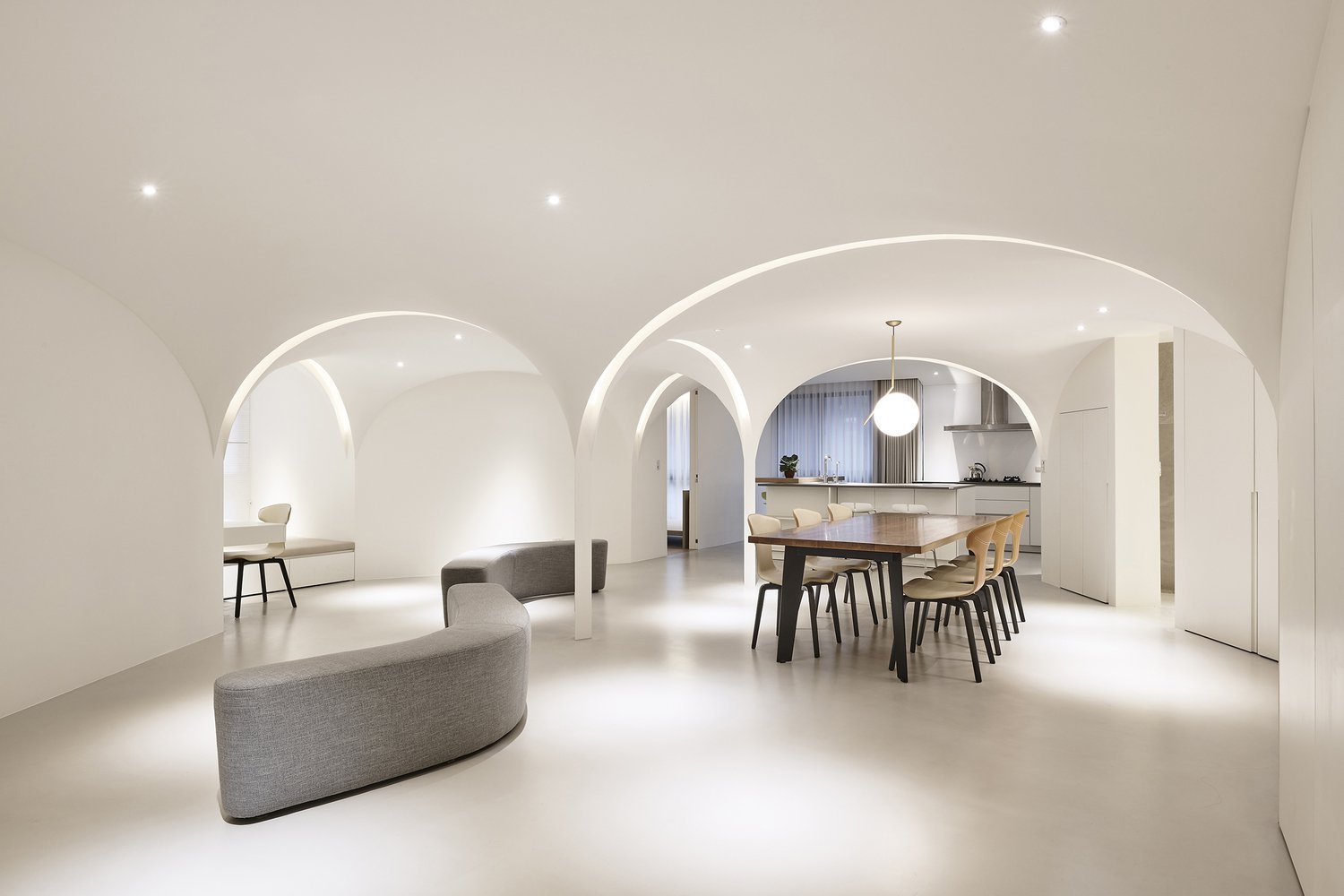
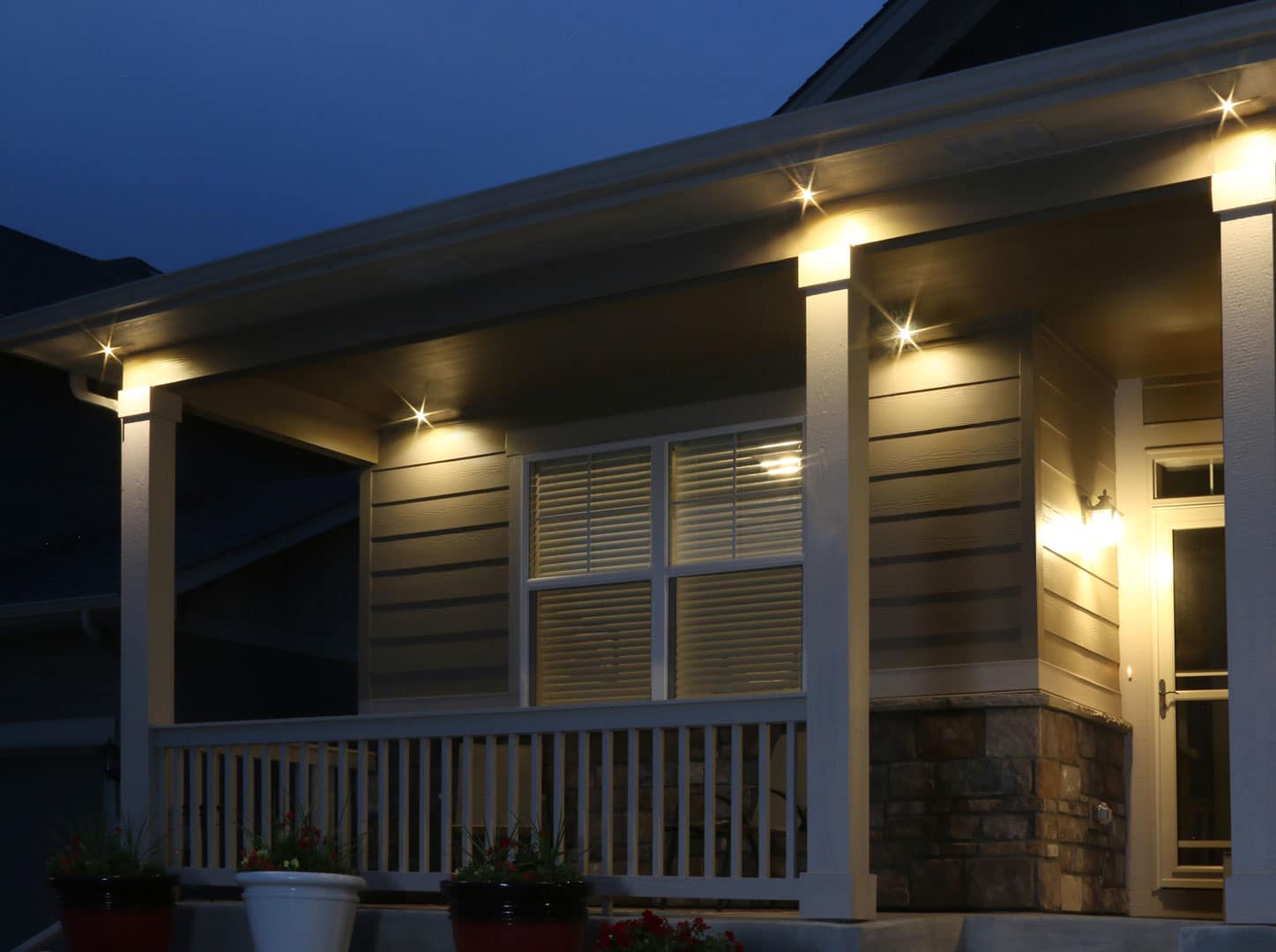
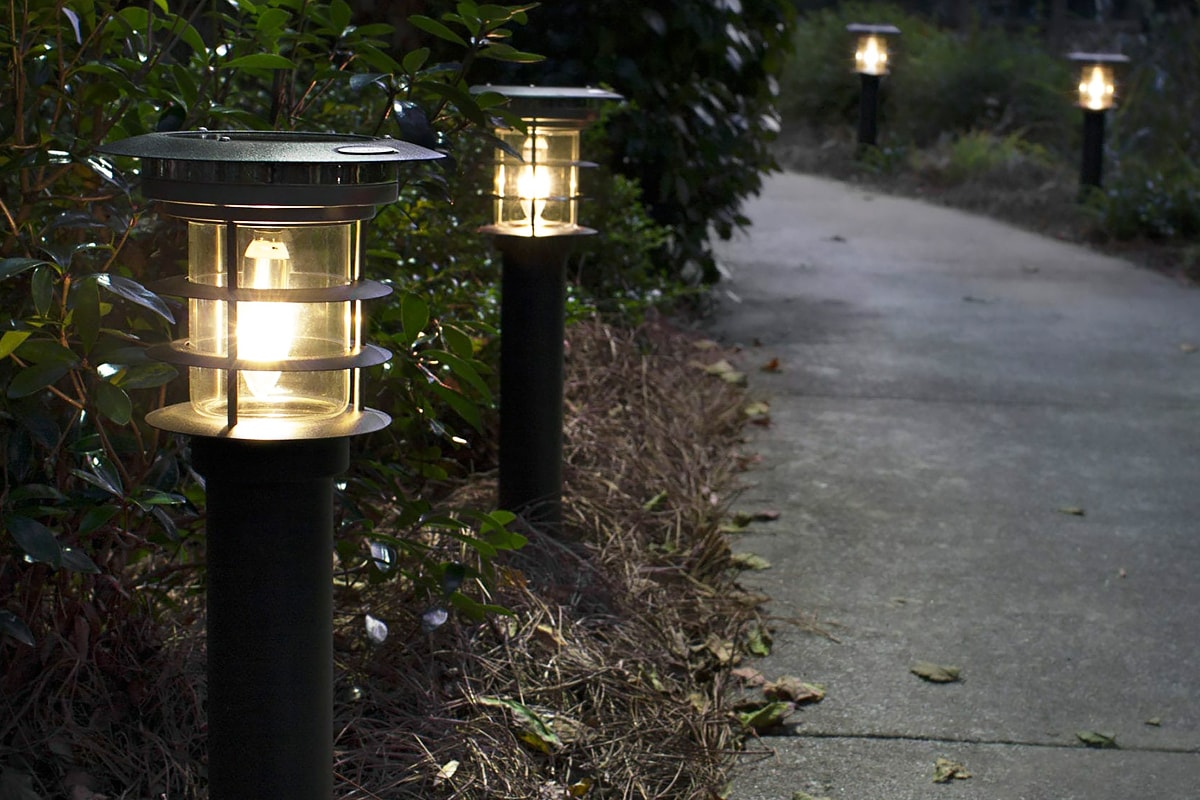

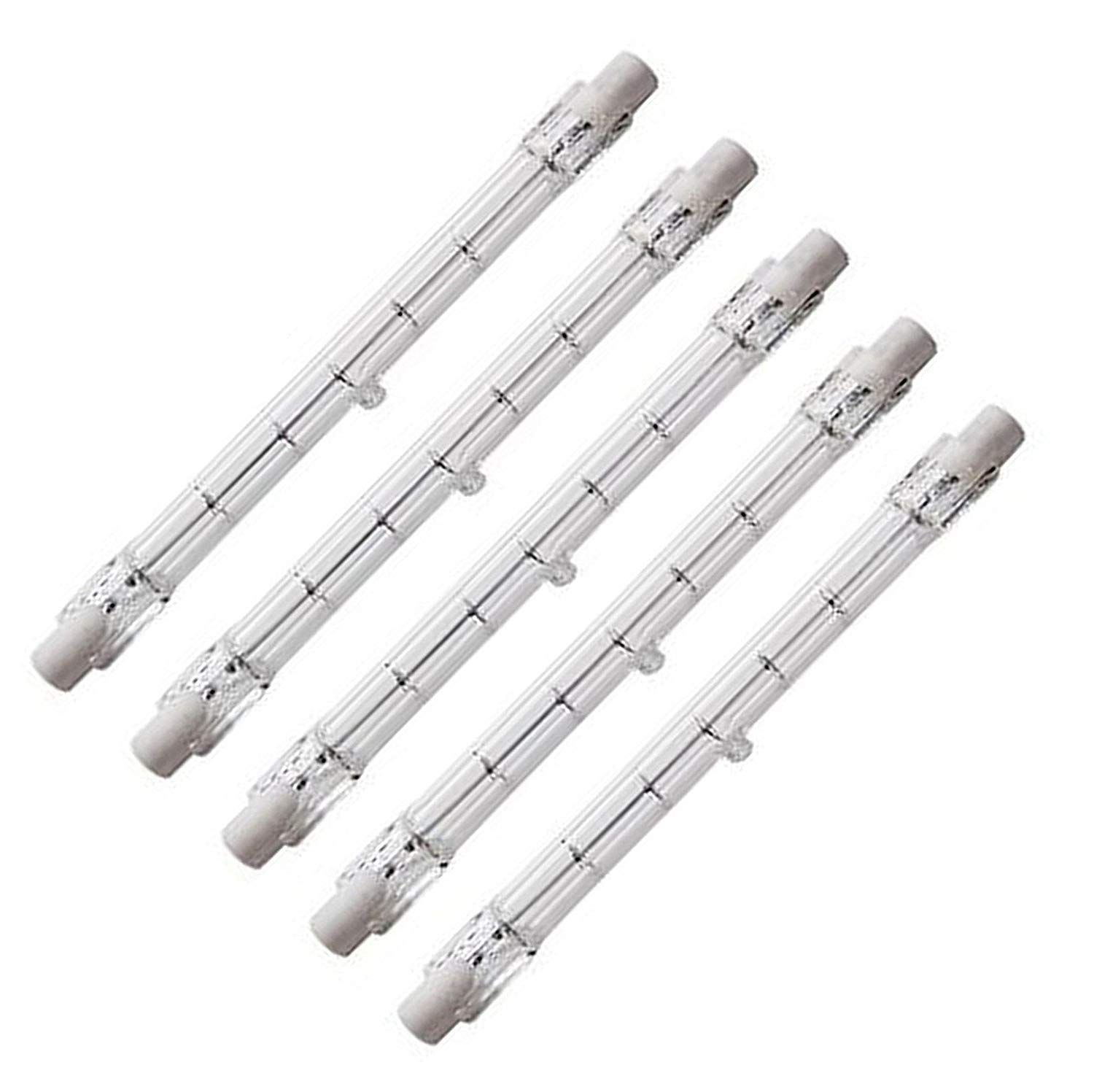
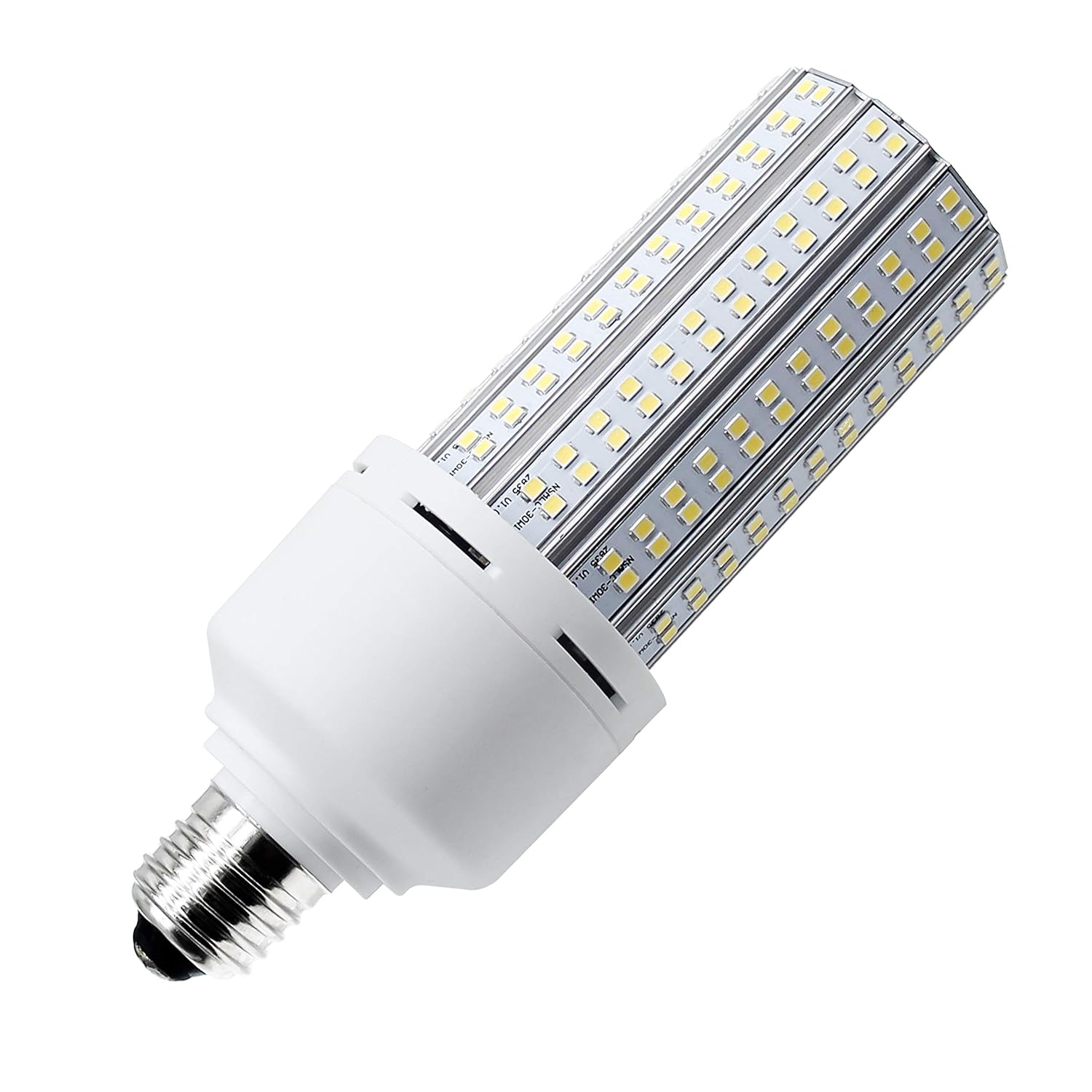
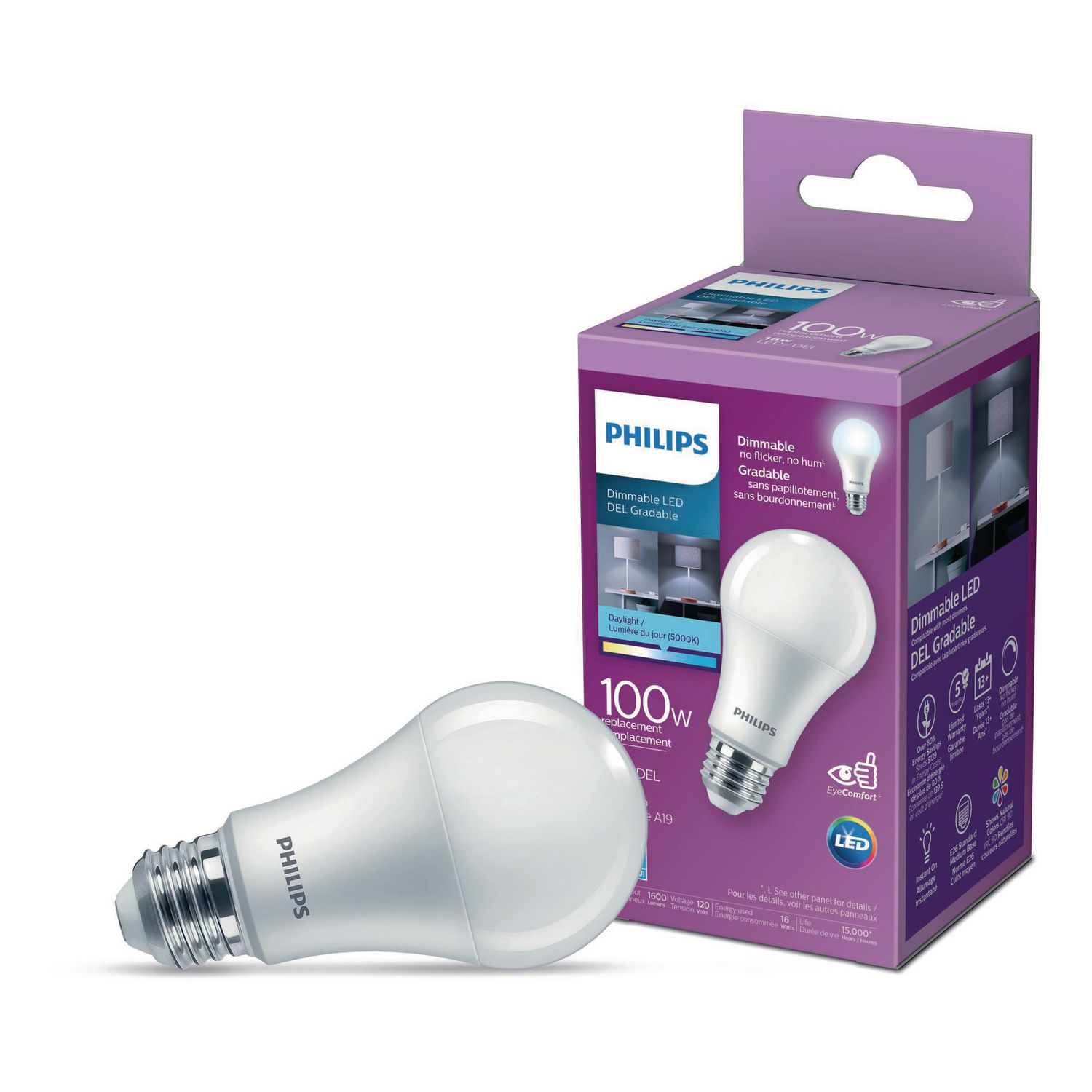
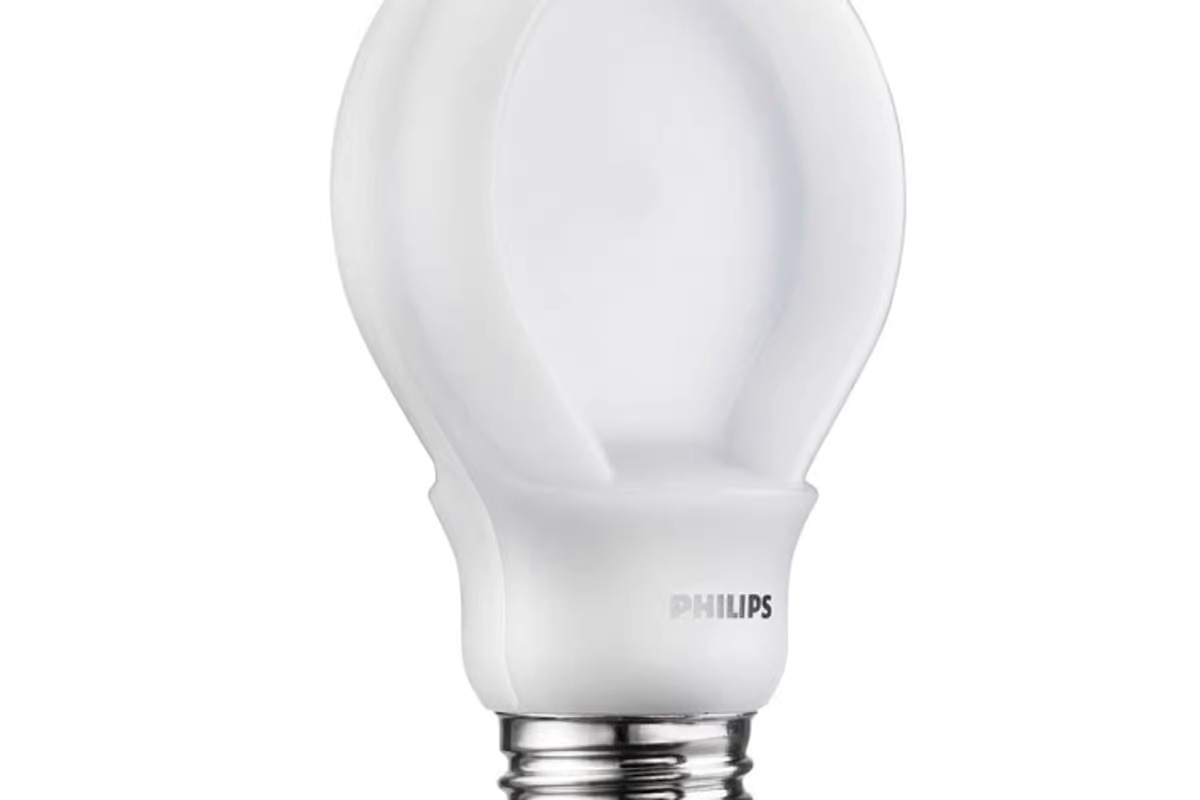
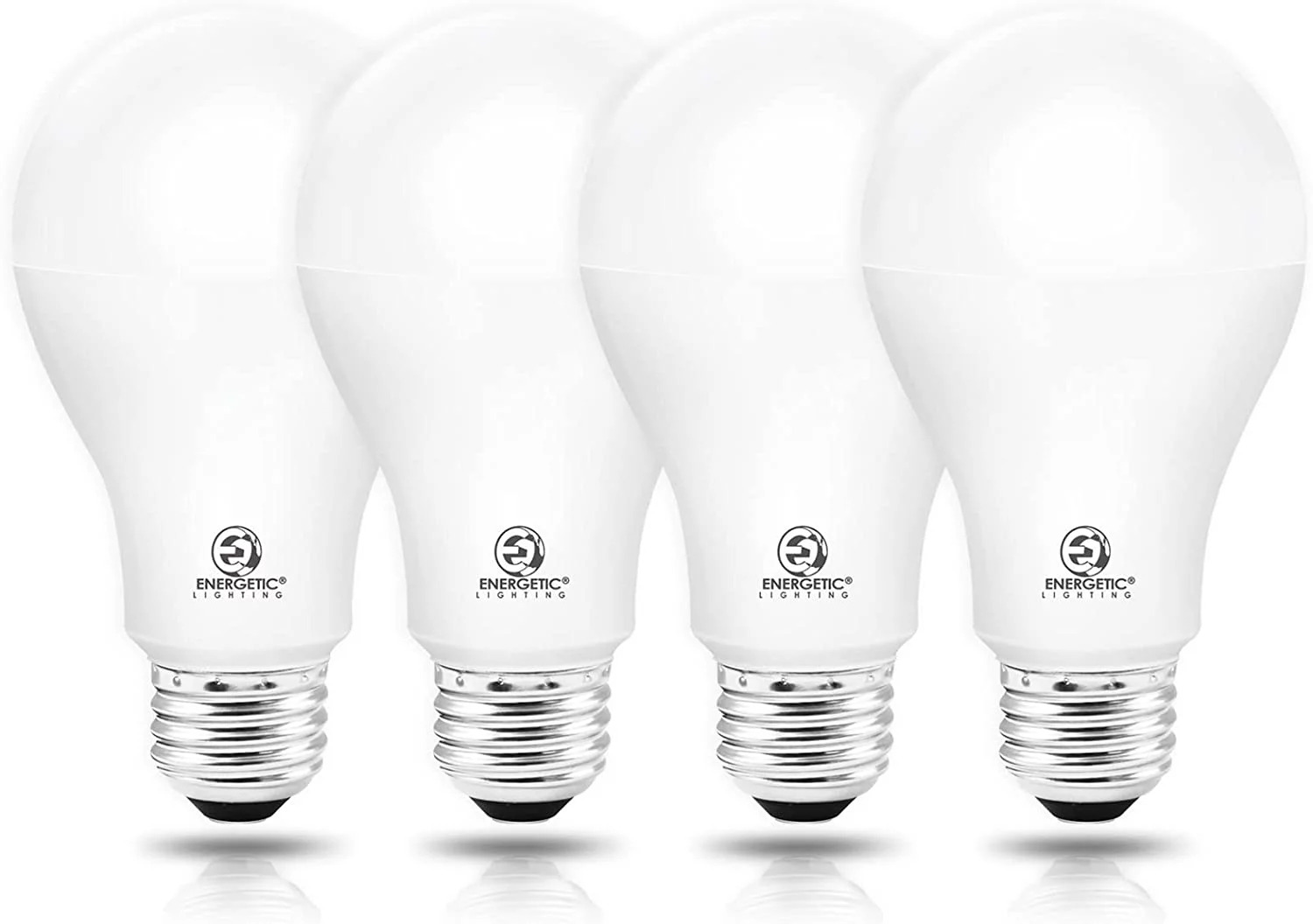
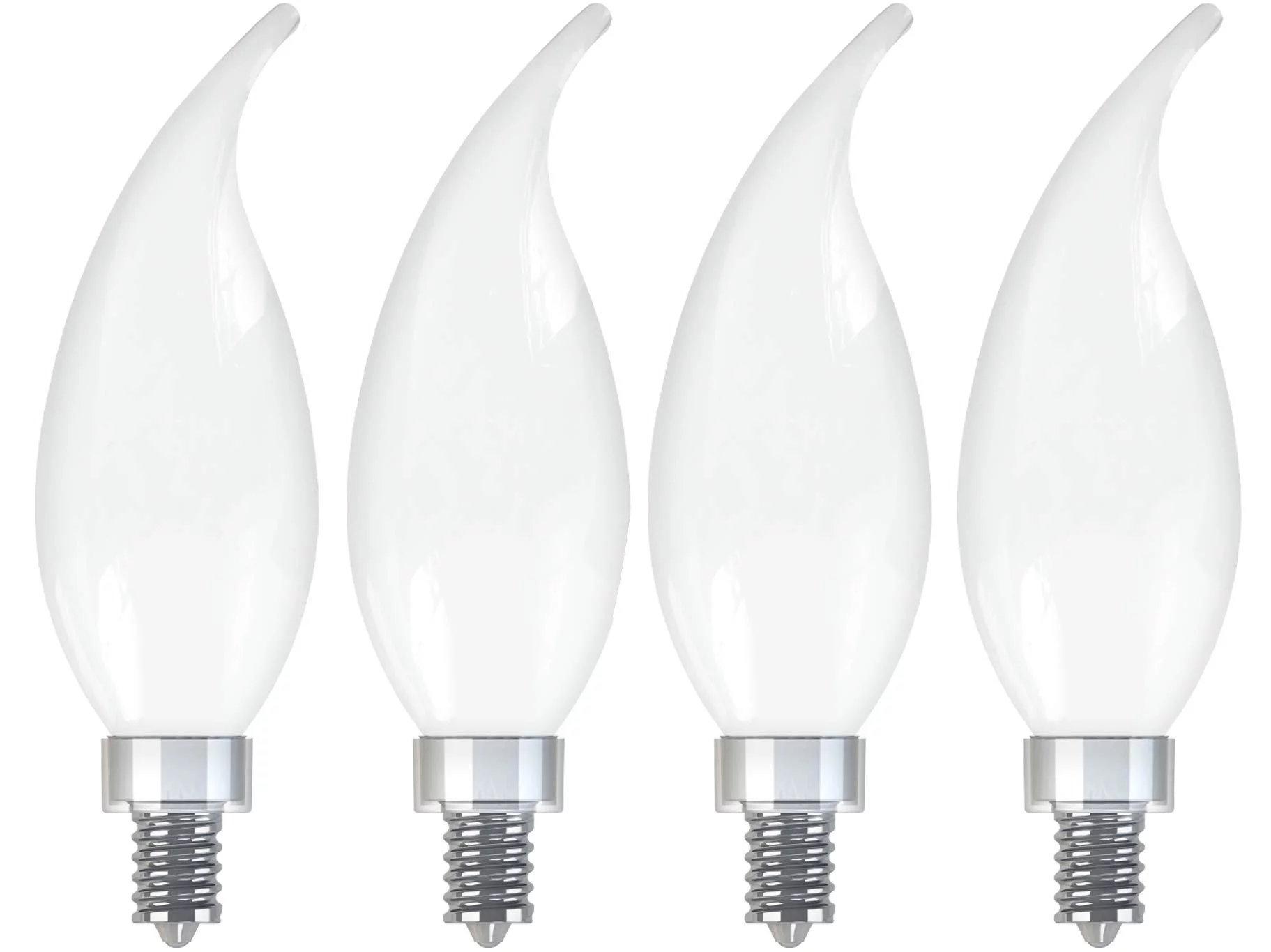
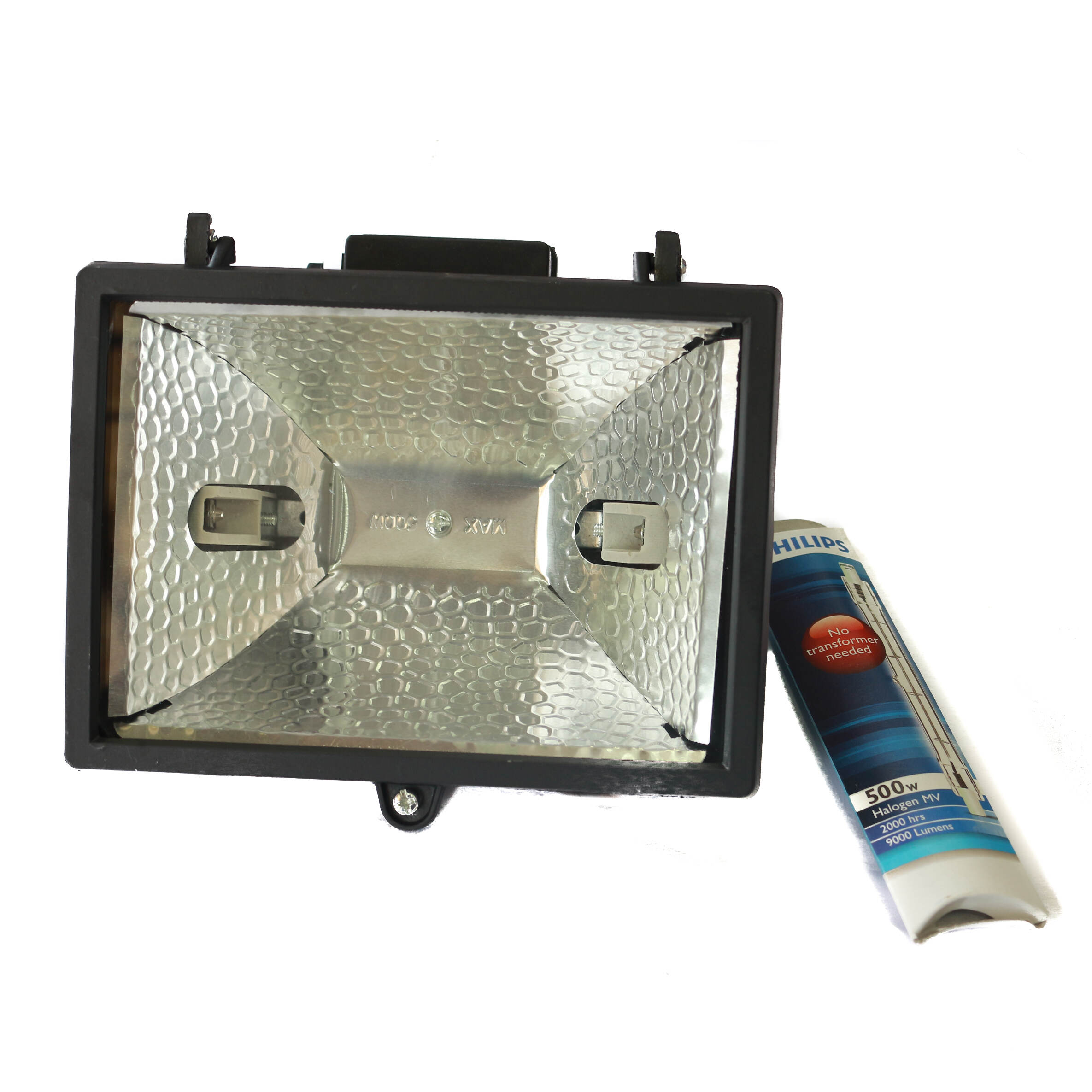
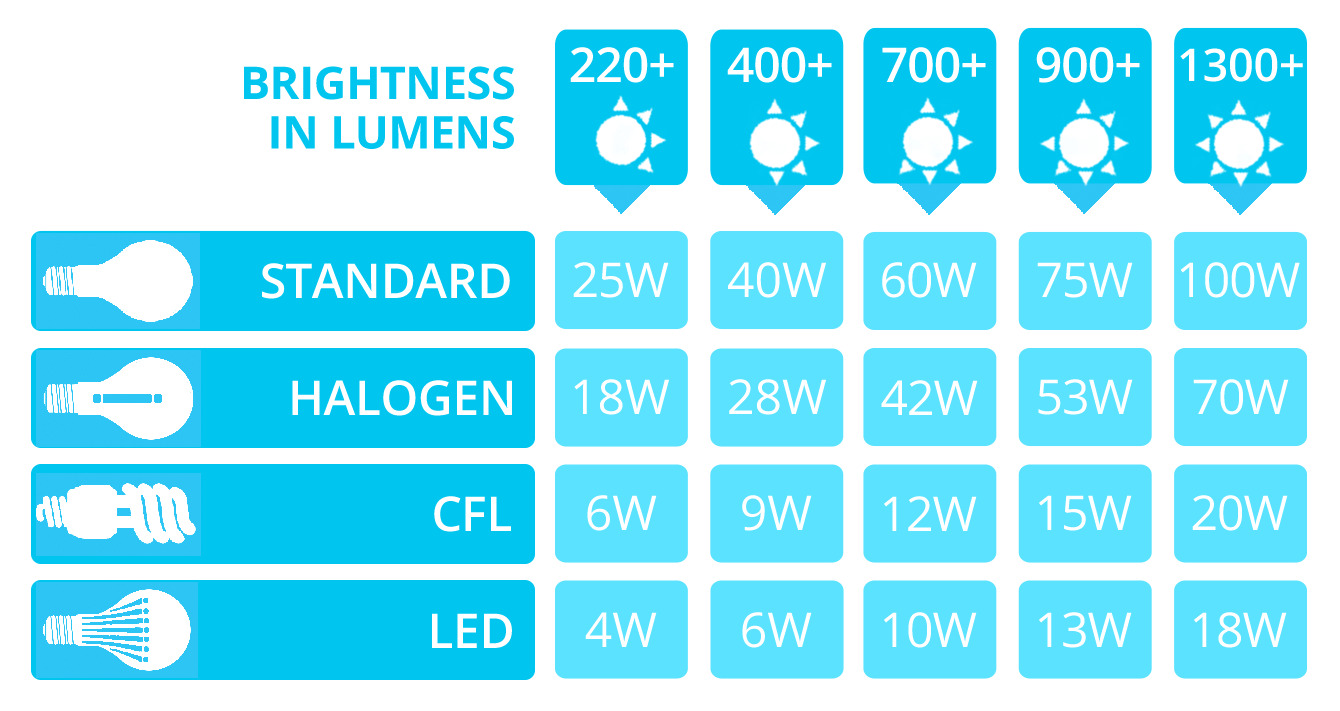
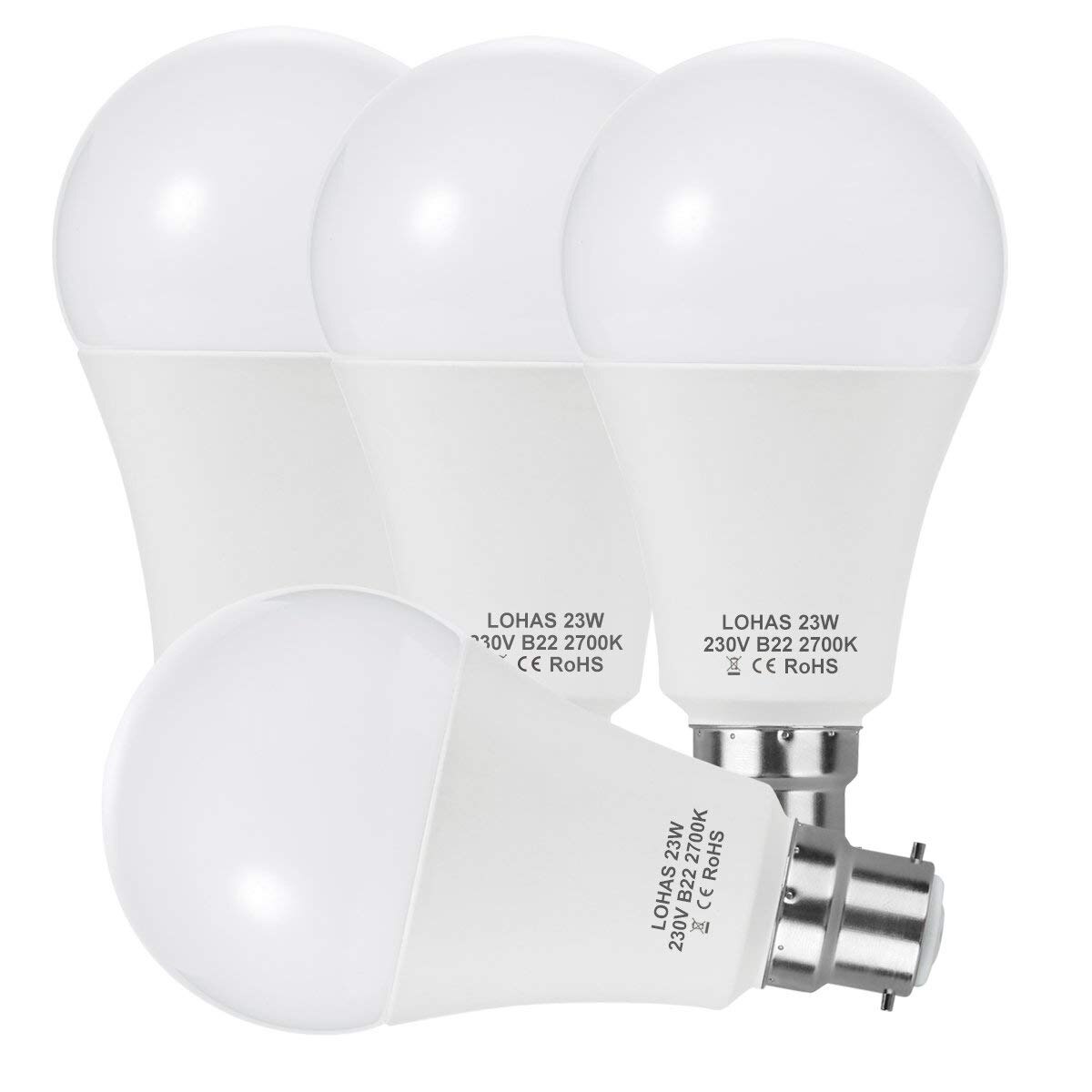
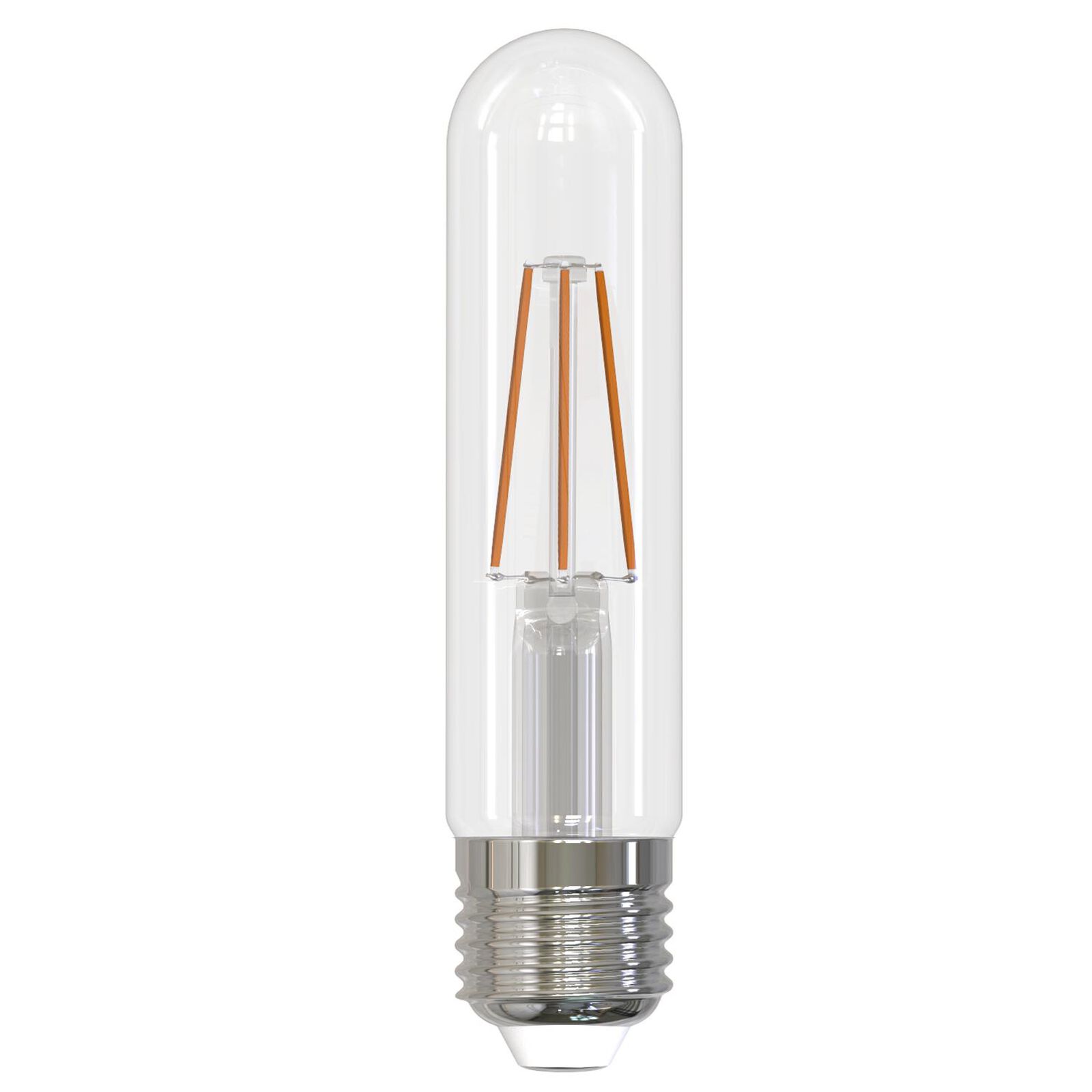

0 thoughts on “How Many Lumens Is In A Regular Light Bulb”